The bluegill (Lepomis macrochirus) stands as a cornerstone of freshwater ecosystems across North America, cherished by anglers of all skill levels. Its abundance, willingness to bite, and delectable flavor have cemented its place as a favorite target.
However, to truly master the art of bluegill fishing, particularly during their most active period, understanding their reproductive cycle is paramount.
This comprehensive guide will help you understand when do bluegill spawn, explore their timing, the patterns of their behavior, and provide invaluable fishing tips to maximize your success while ensuring responsible angling practices.
When Do Bluegill Spawn?
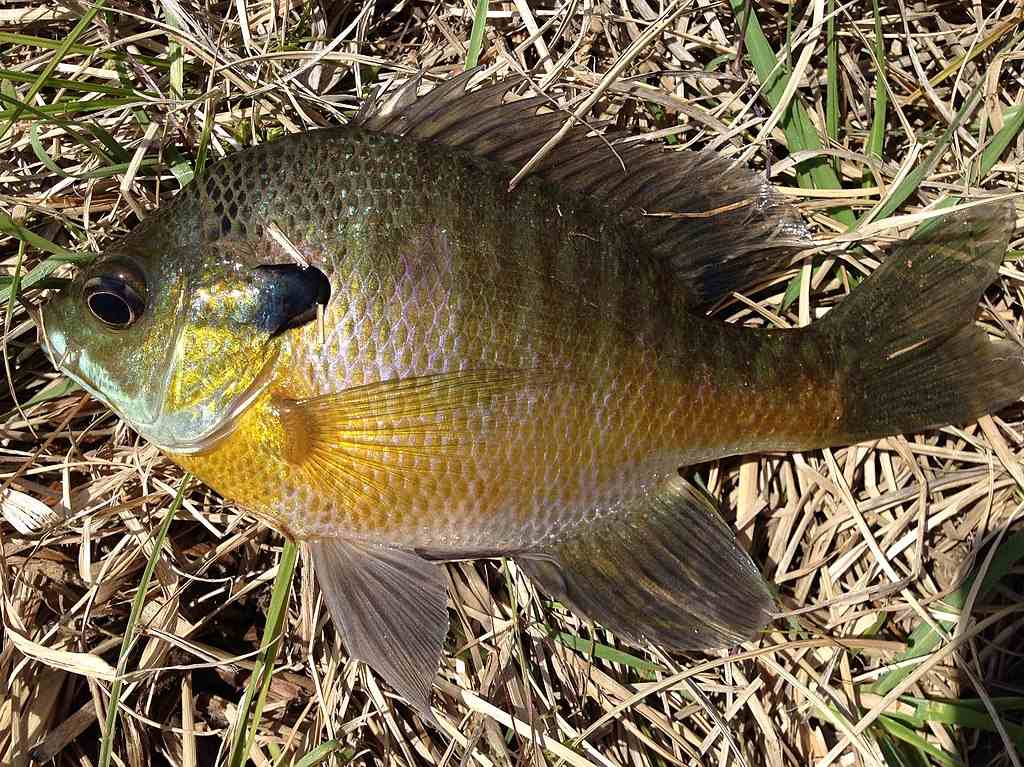
bluegill(Lepomis_macrochirus) – Photo By Fredlyfish4
The bluegill spawning season is a highly anticipated period for anglers, marking a time of increased activity and concentrated populations in predictable locations. Generally, bluegill spawning is a warm-water phenomenon, primarily occurring in the late spring and early summer months.
This period typically spans from May to August across much of their native range, although the precise timing can exhibit considerable variation depending on geographical location and prevailing environmental conditions.
Bluegill are multiple spawners, meaning that individual females can release several batches of eggs throughout a single spawning season. This protracted reproductive period contributes to their prolific nature and sustained fishing opportunities.
However, the most intense and concentrated spawning activity usually occurs during the first major wave, typically when water temperatures consistently reach and stabilize within the optimal range of 68 to 80 degrees Fahrenheit (20 to 27 degrees Celsius). Subsequent, smaller spawning events may occur as long as water temperatures remain favorable.
Spawning Season in Different Regions
It’s crucial to recognize that the bluegill spawning season is not a monolithic event across their entire distribution. Significant regional differences exist, influenced primarily by latitude and altitude.
- Southern Regions: In the warmer climates of the southern United States, the spawning season may begin earlier, sometimes as early as April, and can extend later into the summer. The warmer water temperatures reach the critical threshold sooner and remain within the suitable range for a longer duration.
- Northern Regions: Conversely, in the cooler northern states and Canada, the spawn is typically delayed, often commencing in late May or early June. The shorter warm-weather window also tends to compress the overall spawning period.
- Mid-Latitudes: The mid-latitudes generally experience the most classic spawning window, with peak activity occurring in June and July.
Therefore, anglers must consider their specific geographical location and monitor local water temperatures to accurately predict the onset of the bluegill spawn.
Online fishing forums, local bait shops, and state fisheries agencies can provide valuable insights into the timing of the spawn in specific areas.
Factors That Influence Bluegill Spawning
While water temperature serves as the primary trigger for bluegill spawning, several other environmental factors play a significant role in influencing its precise timing and intensity.
Understanding these factors can further refine an angler’s ability to predict and capitalize on this productive period.
1. Photoperiod (Daylight Hours)
The increasing daylight hours of spring act as a precursor to spawning. As the days lengthen, it signals the changing seasons and initiates the physiological processes within the bluegill that prepare them for reproduction.
2. Water Clarity
Bluegill prefer relatively clear water for spawning. Good visibility allows the males to effectively construct and defend their nests and for the females to locate suitable mates. Murky or turbid water conditions can delay or disrupt spawning activity.
3. Habitat Availability
The presence of suitable nesting habitat is crucial for successful spawning. Bluegill typically create their nests in shallow water with gravel, sand, or mucky bottoms, often near submerged logs, vegetation, or other forms of cover that protect from predators. A lack of suitable nesting areas can limit the extent and success of the spawn.
4. Moon Phase
The influence of the moon phase on bluegill spawning is a topic of ongoing discussion among anglers. Some believe that spawning activity peaks around the full or new moon phases. The gravitational influence of the moon is thought to potentially affect fish behavior and even tidal movements in some freshwater systems, which could indirectly influence spawning aggregations.
While scientific evidence directly linking moon phase to bluegill spawning is not conclusive, many experienced anglers swear by its correlation and adjust their fishing strategies accordingly.
Observing local patterns and keeping a fishing log can help individual anglers determine if there’s a noticeable lunar influence in their preferred waters.
5. Human Activities
Various human activities can exert both direct and indirect impacts on bluegill spawning:
- Habitat Destruction: Activities such as shoreline development, dredging, and the removal of aquatic vegetation can destroy critical nesting habitat, reducing spawning success and overall bluegill populations.
- Pollution: Chemical runoff from agricultural or industrial sources can negatively affect water quality, potentially disrupting the physiological processes involved in reproduction and harming eggs and fry.
- Water Level Fluctuations: Rapid and significant changes in water levels, often caused by dam operations, can expose or inundate nests, leading to egg mortality and reduced recruitment.
- Fishing Pressure: While bluegill are generally resilient, excessive fishing pressure on spawning aggregations, particularly the removal of large, dominant males responsible for guarding nests, can potentially impact reproductive success in localized areas.
How to Identify Spawning Bluegill?
To successfully target spawning bluegill, you need to recognize the signs of their reproductive activity. Both their physical traits and behavioral changes can offer important clues.
Physical Signs:
- Bright Colors: During the spawning season, male bluegill undergo a dramatic transformation in coloration. Their bodies often become more vibrant, with intensified blues, oranges, and yellows. The opercular flap (the gill cover) may develop a distinctive dark or black “ear” with a lighter margin.
- Swollen Vent: Females nearing spawning will exhibit a noticeably swollen and protruding vent (the external opening of the reproductive and excretory tracts) as their bodies fill with eggs.
- Smaller Size (Females): While large males are often the most visually striking, the females actively involved in spawning may appear smaller in comparison.
Behavioral Signs:
- Nest Construction: Male bluegill meticulously construct circular or oval-shaped nests in shallow water, typically 1 to 3 feet deep. These nests are often clustered together in colonies and appear as clean depressions on the lake or pond bottom, devoid of debris. You might see the males actively fanning their tails over the substrate to clear silt and create the nest.
- Aggressive Behavior (Males): Once nests are established, the males become fiercely territorial, actively defending their spawning sites against intruders, including other males and predatory fish. You might observe them chasing away smaller fish or engaging in brief skirmishes.
- Courtship Displays: Males will engage in elaborate courtship rituals to attract females to their nests. This can involve circling the nest, flashing their vibrant colors, and making soft grunting sounds.
- Presence of Females: Seeing groups of females gathering near the nests is a clear sign that spawning is about to happen or is already in progress. These females often move slowly through the shallows, checking out the available nests.
- Spawning Act: The actual spawning event is a brief but observable interaction. Female fish will enter the nest, and the male will position himself alongside or slightly above her. Both fish will release their eggs and sperm simultaneously, often with a quivering motion. This process may be repeated several times within a nest.
- Guarding Behavior (Males): After the eggs are laid, the male bluegill takes on the crucial role of guarding the nest from predators. He will remain close to the nest, actively fanning the eggs to keep them oxygenated and aggressively defending them against any perceived threats.
By paying close attention to these physical and behavioral cues, anglers can significantly increase their chances of locating active spawning bluegill.
Best Practices for Catching Spawning Bluegill
The bluegill spawn offers a prime opportunity for productive fishing. The fish are concentrated in shallow, accessible areas, and their focus on reproduction often makes them more receptive to various baits and lures.
Optimal Timing
The absolute best month for bluegill fishing often coincides with the peak of the spawning season in your region, typically May, June, or July.
During this time, the fish are abundant in the shallows, and their aggressive behavior associated with spawning makes them readily strike offerings.
Effective Lures and Baits
Spawning bluegill are often less selective than at other times of the year, but certain presentations tend to be particularly effective:
- Live Bait: Small live baits are irresistible to spawning bluegill. Worms (red wigglers, nightcrawlers, cut into smaller pieces), crickets, grasshoppers, and mealworms are all excellent choices. Present these baits on small hooks (#6 to #10) under a small float or with a split shot for a natural presentation.
- Small Jigs: Tiny jigs (1/32 to 1/64 ounce) tipped with waxworms, mealworms, or small plastic trailers (grubs, tubes) can be highly effective. Experiment with different colors and jigging motions.
- Small Spinners and Spoons: Miniature spinners and spoons in silver, gold, or bright colors can trigger strikes, especially in slightly deeper water near spawning beds.
- Fly Fishing: Fly fishing can be an incredibly rewarding way to target spawning bluegill. Small nymphs (Pheasant Tails, Hare’s Ears), wet flies (Woolly Buggers in small sizes), and dry flies (small poppers, foam spiders) presented on light tackle can produce excellent results.
How To Locate and Catch Bluegill?
- Target Shallow Water: Focus your efforts in shallow areas (1 to 4 feet deep) with gravel, sand, or mucky bottoms. Look for areas near submerged vegetation, logs, docks, or other structures that provide cover.
- Look for Nests: Scan the shallows for the distinctive circular depressions that indicate bluegill nests. These are prime locations to find spawning activity.
- Fish the Edges of Beds: While the males guarding nests can be aggressive, sometimes the largest females will stage slightly off the main spawning beds. Targeting the edges of these areas can yield bigger fish.
- Gentle Presentations: Spawning bluegill can be easily spooked. Use quiet approaches and gentle casts to avoid disturbing the fish.
- Observe Behavior: Pay attention to the behavior of the fish. If you see active courtship or guarding behavior, you’re likely in a good spot.
- Experiment with Presentation: Try different baits, lures, and retrieval methods to see what the fish prefer on a given day. Sometimes a slow, subtle presentation is best, while other times a little movement can trigger a strike.
Ethical and Regulatory Considerations
While the bluegill spawn offers excellent fishing opportunities, it’s crucial to be mindful of ethical and regulatory considerations to ensure the sustainability of these populations:
- Check Local Regulations: Always consult your state or local fishing regulations regarding size limits, bag limits, and any specific rules about fishing during the spawning season. Some areas may have temporary closures or restrictions to protect spawning fish.
- Avoid Overfishing Spawning Beds: While tempting, avoid intensely targeting a single spawning bed and removing a large number of fish, especially the dominant males guarding nests. These males play a vital role in the reproductive success of the colony.
- Practice Selective Harvesting: Consider releasing larger bluegill, especially the males on nests, to allow them to continue their reproductive duties. Keep a reasonable number of smaller to medium-sized fish for the table if desired.
- Be Mindful of Nest Disturbance: Avoid wading directly through spawning beds or anchoring your boat in a way that damages nests.
Responsible Angling Practices
Adopting responsible angling practices ensures the long-term health of bluegill populations and the enjoyment of fishing for future generations:
- Use Appropriate Gear: Employ light tackle that is suitable for bluegill to avoid unnecessary stress on the fish.
- Handle Fish Carefully: If you intend to release a fish, handle it gently with wet hands and minimize its time out of the water. Avoid touching their gills.
- Properly Dispose of Waste: Pack out all trash, including fishing line and bait containers, to keep the fishing environment clean and healthy.
- Respect Other Anglers: Be courteous and respectful of other anglers sharing the water.
- Educate Yourself: Continuously learn about fish behavior, habitat requirements, and local regulations to become a more knowledgeable and responsible angler.
Conclusion
The bluegill spawn is a remarkable natural event that concentrates these popular panfish in predictable locations, offering anglers a unique opportunity for exciting and rewarding fishing.
By understanding the timing of the spawn, recognizing the behavioral cues of spawning fish, and employing effective fishing techniques while adhering to ethical and responsible practices, anglers can fully appreciate the bounty of this season.
Remember that conservation and respect for the resource are paramount to ensuring that future generations can also experience the joy of connecting with these abundant and spirited fish during their annual reproductive ritual. So, arm yourself with this knowledge, head to the shallows when the water warms, and immerse yourself in the fascinating world of the bluegill spawn.


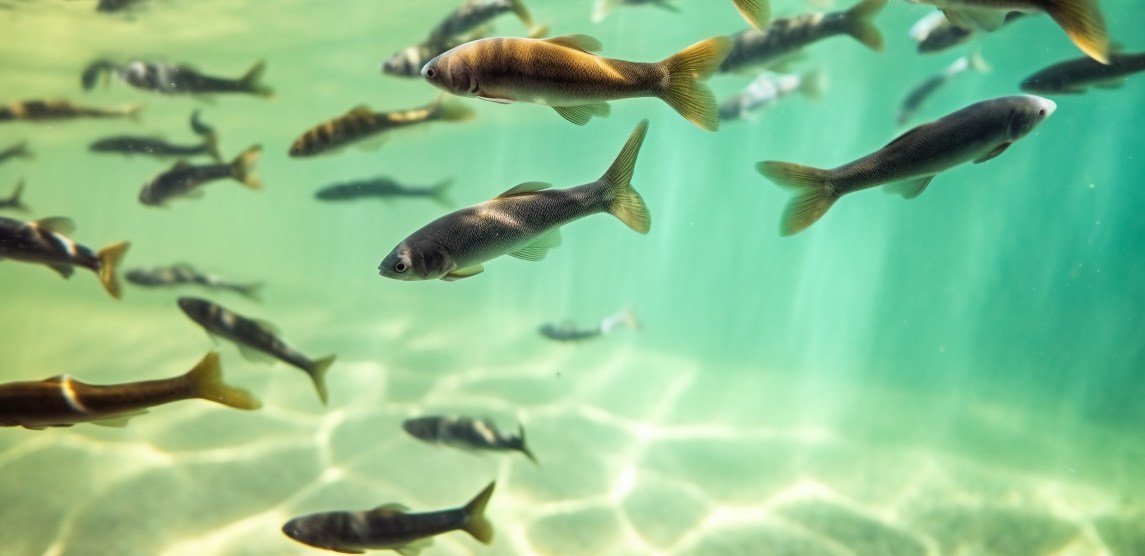
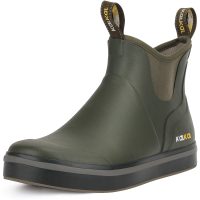


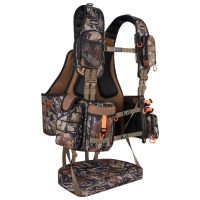

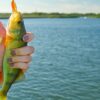
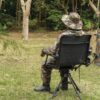
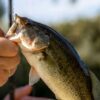

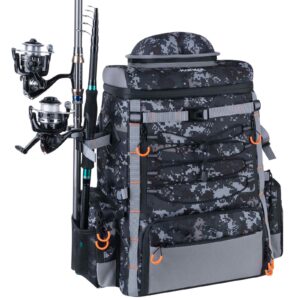
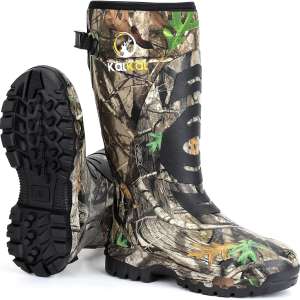
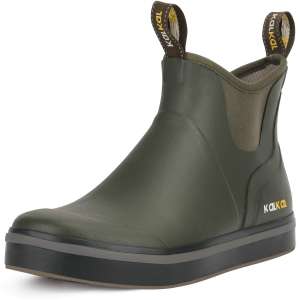
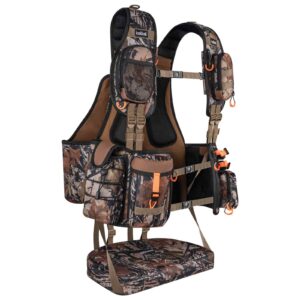
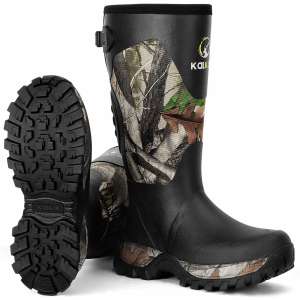



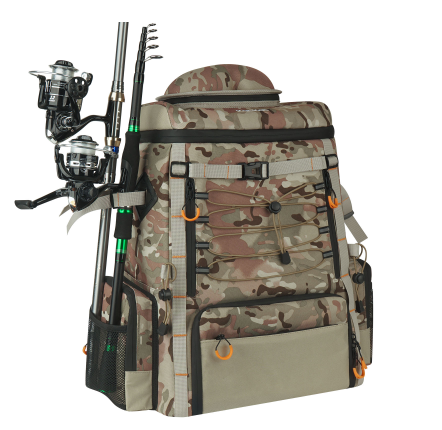
Leave a reply